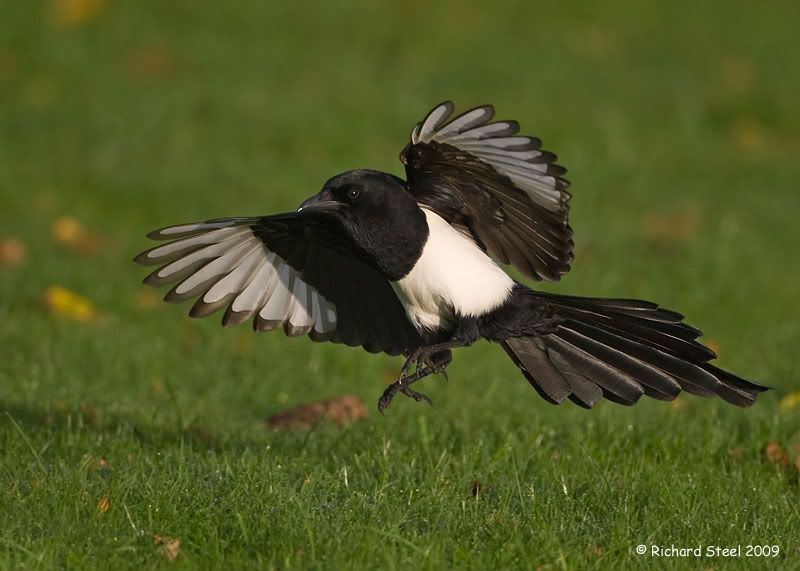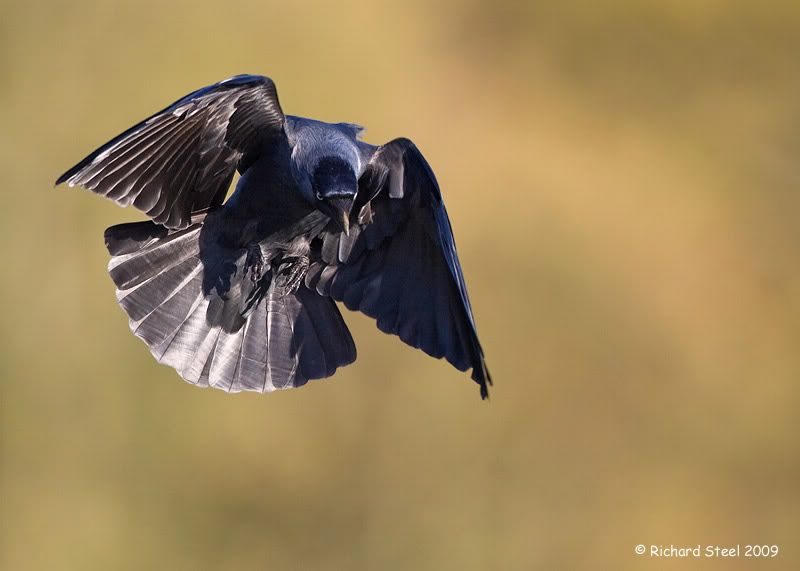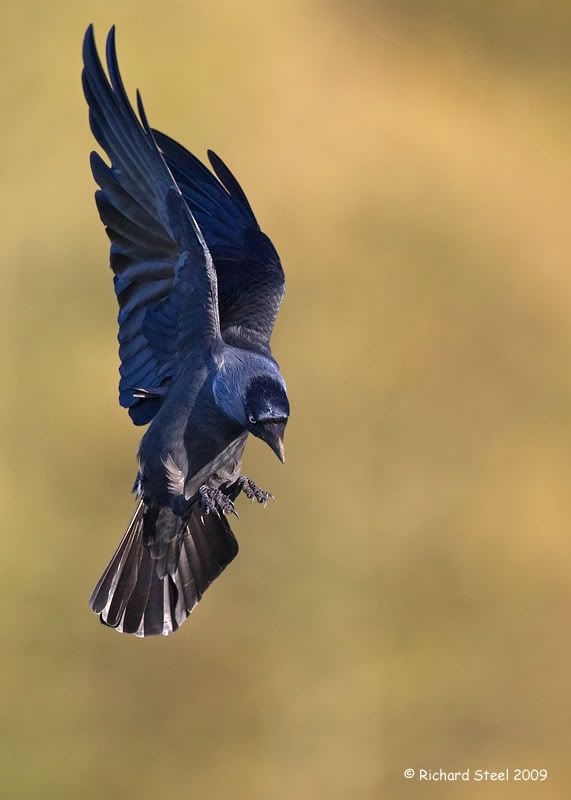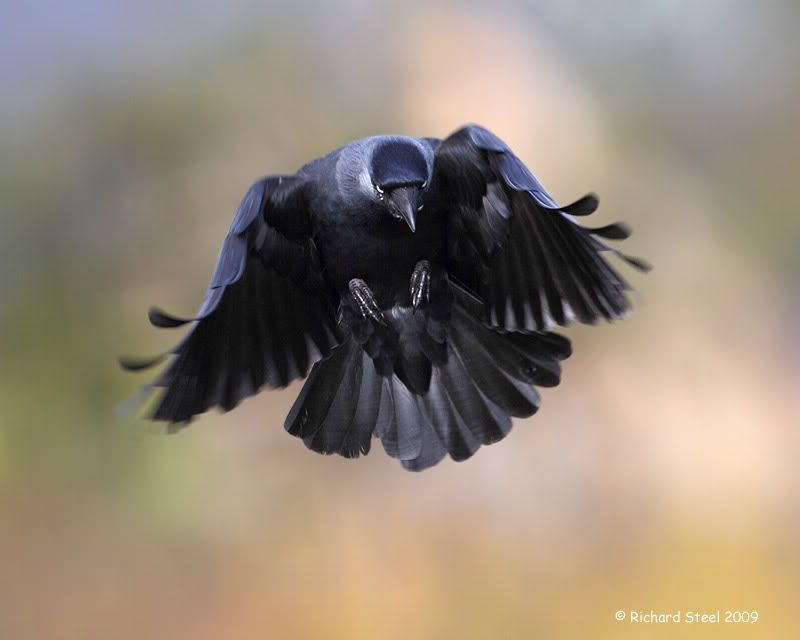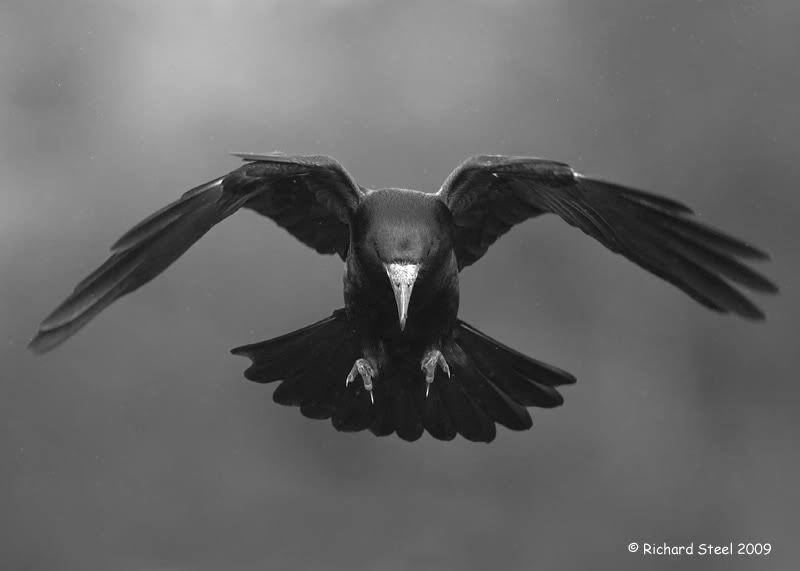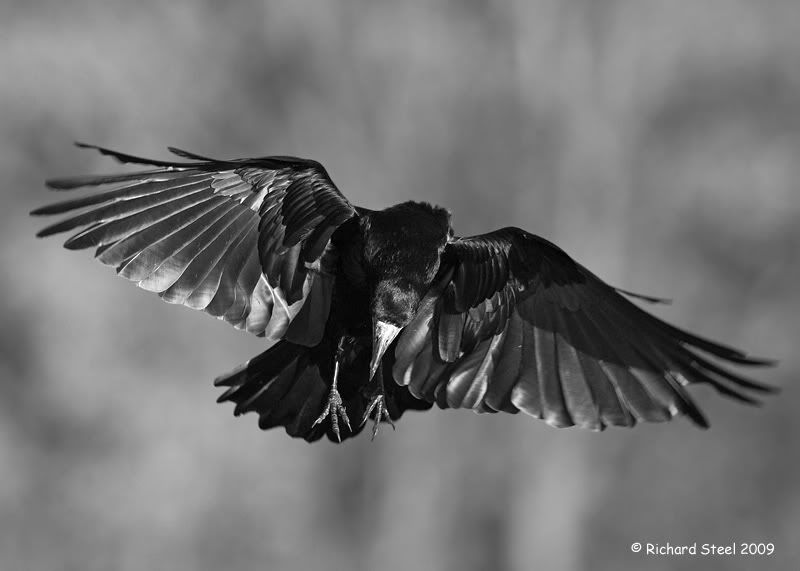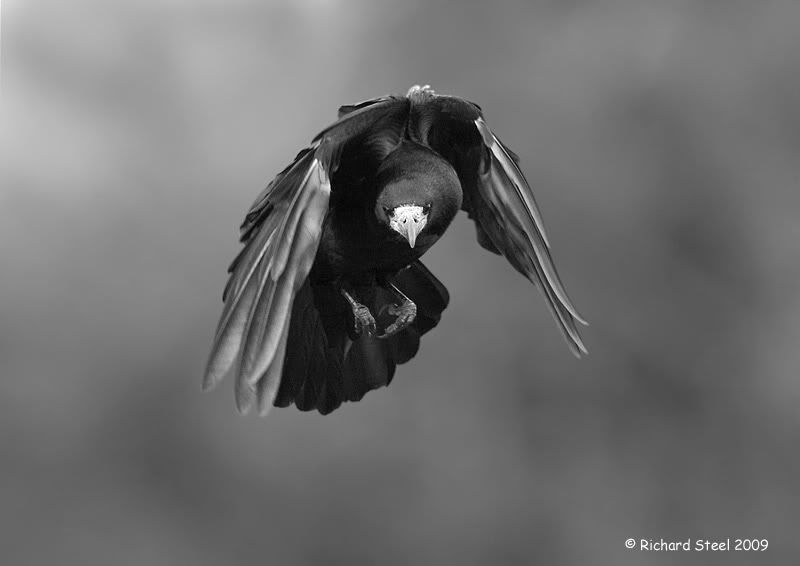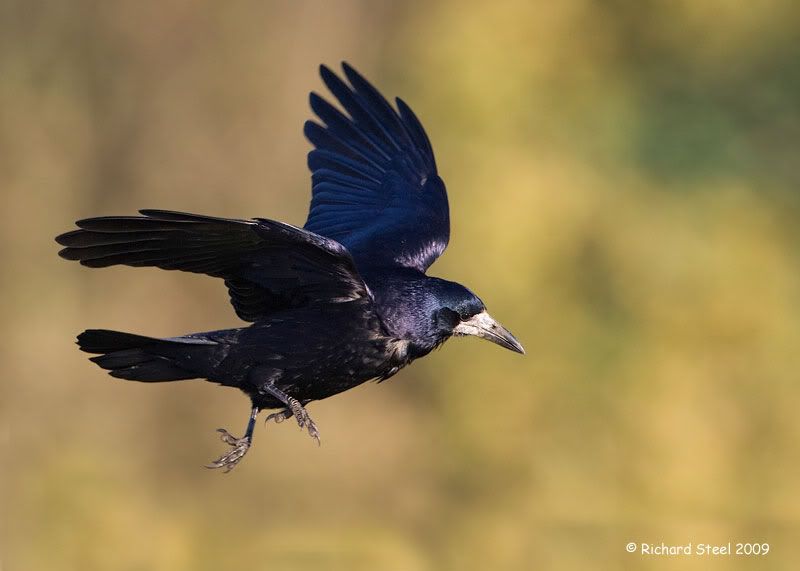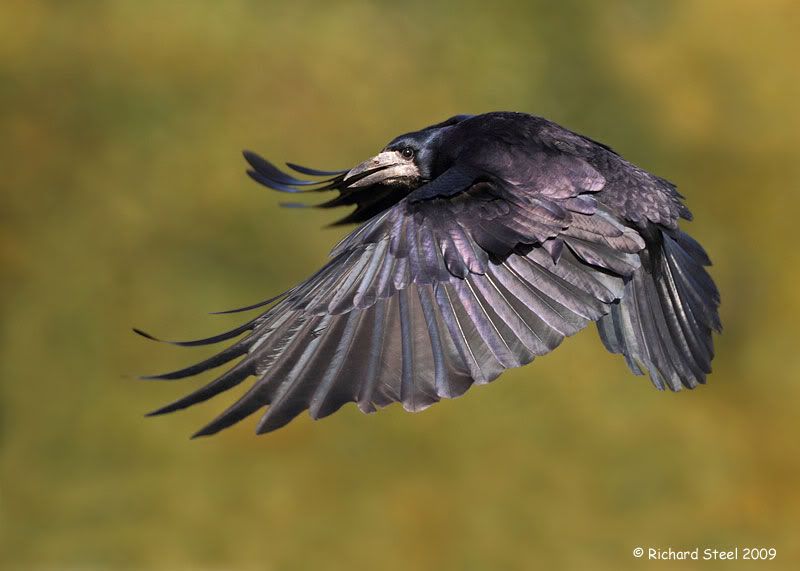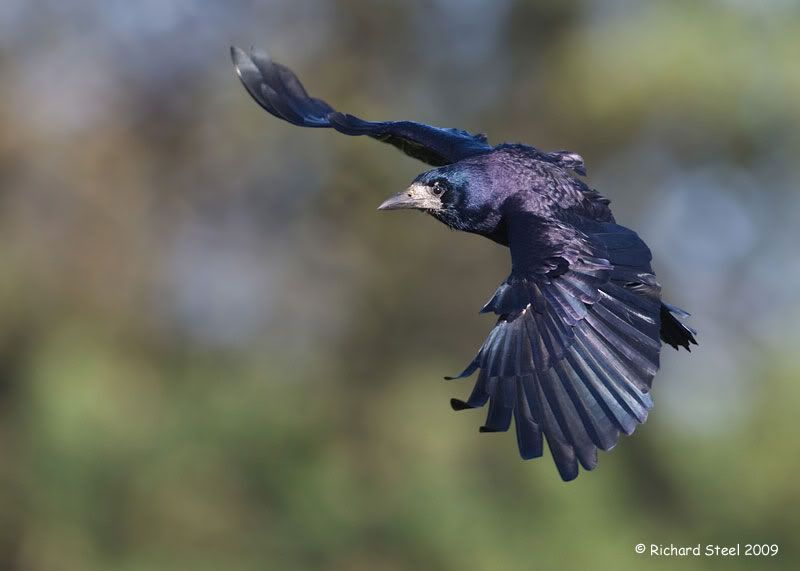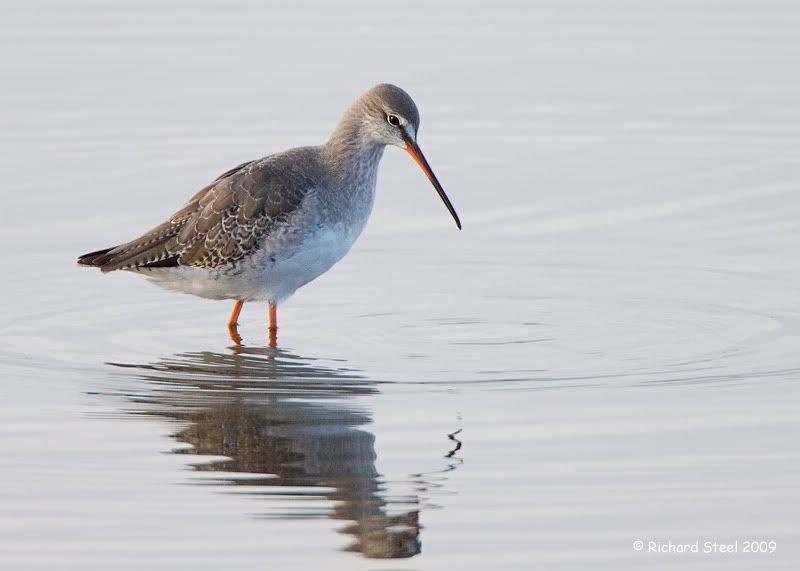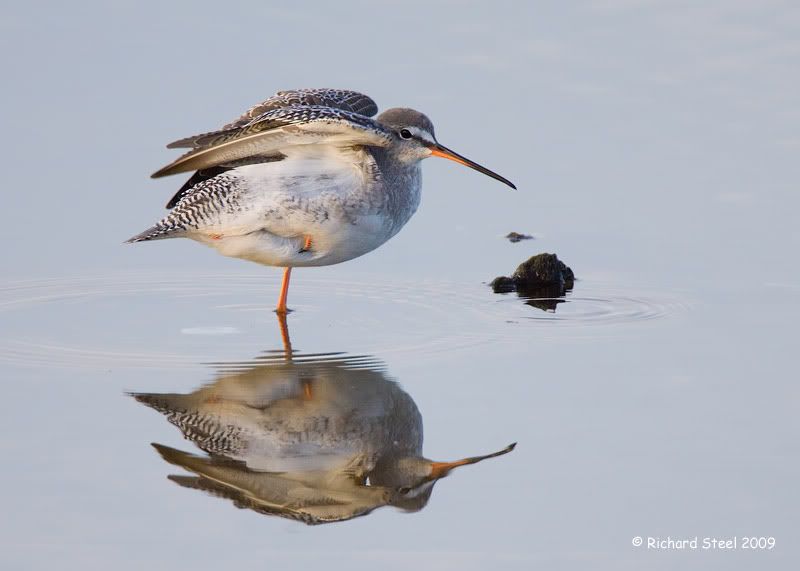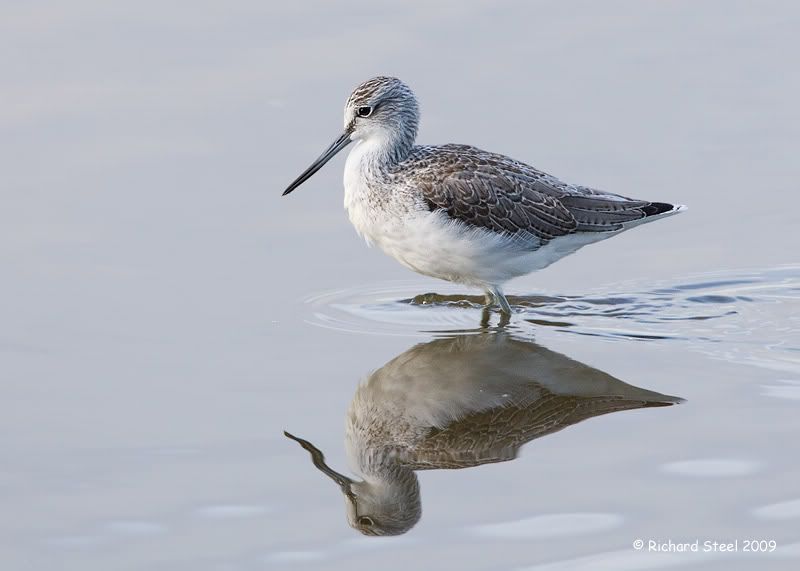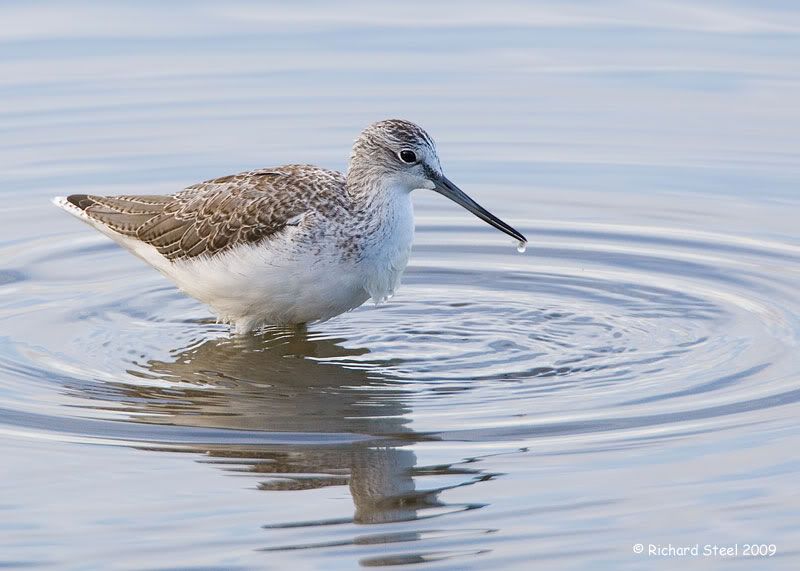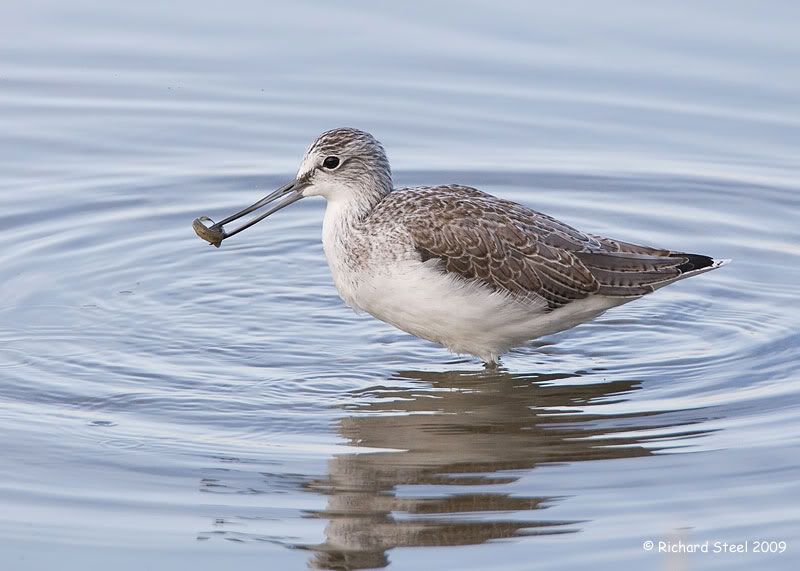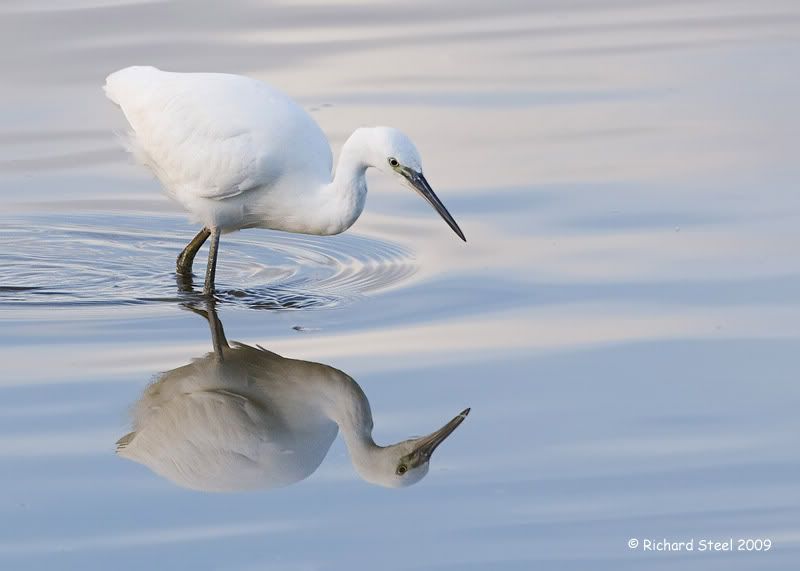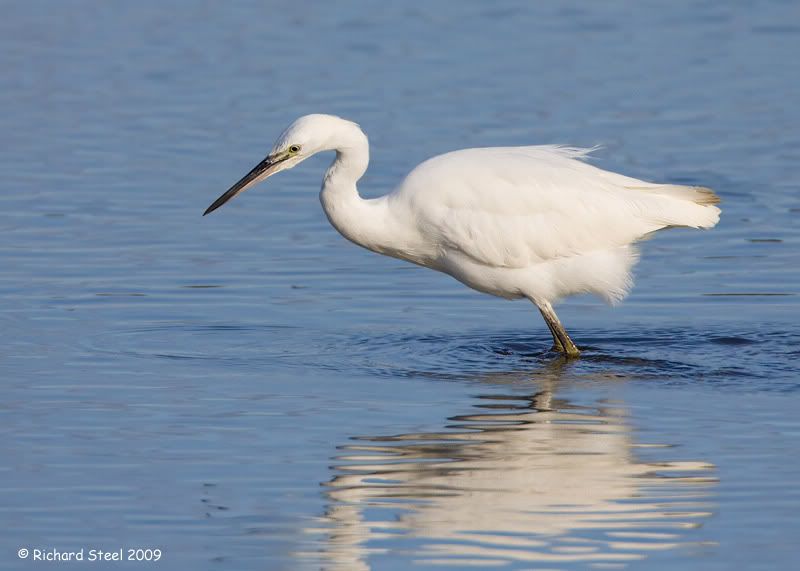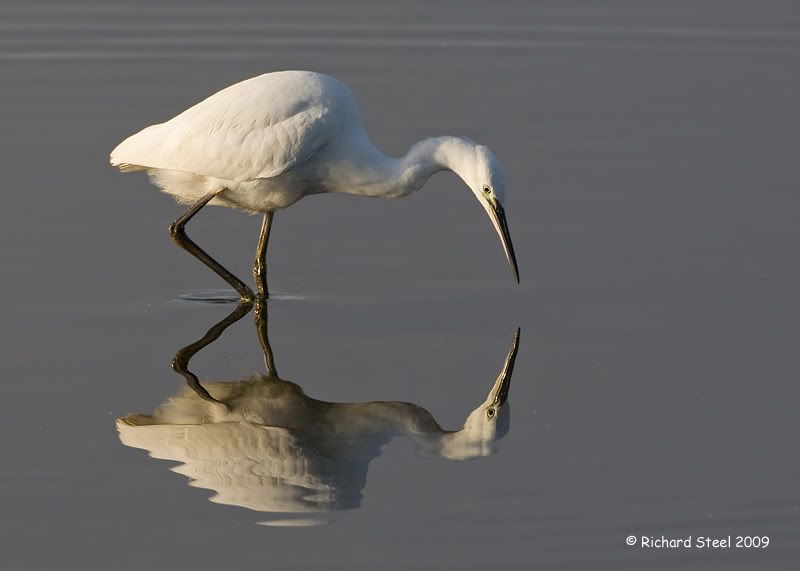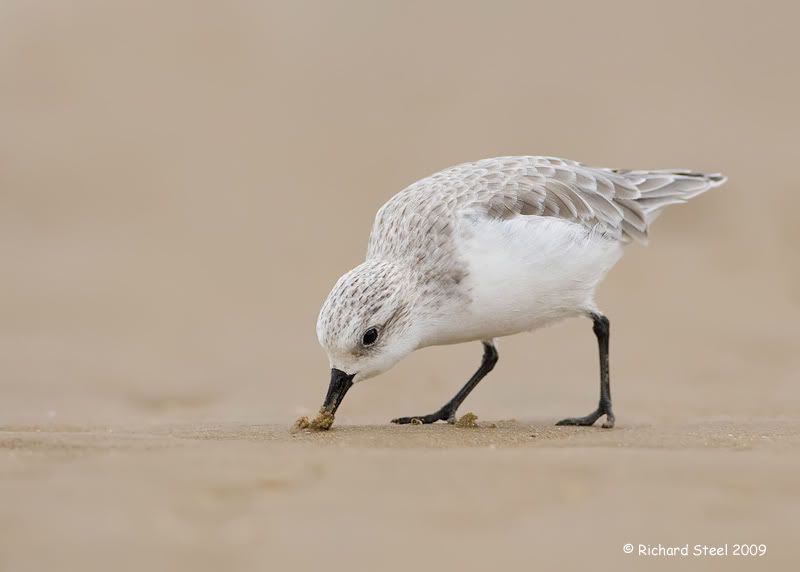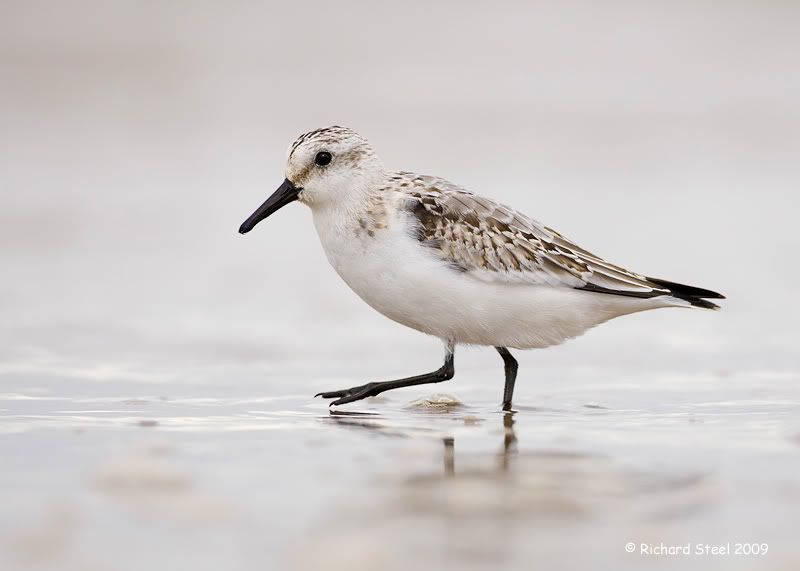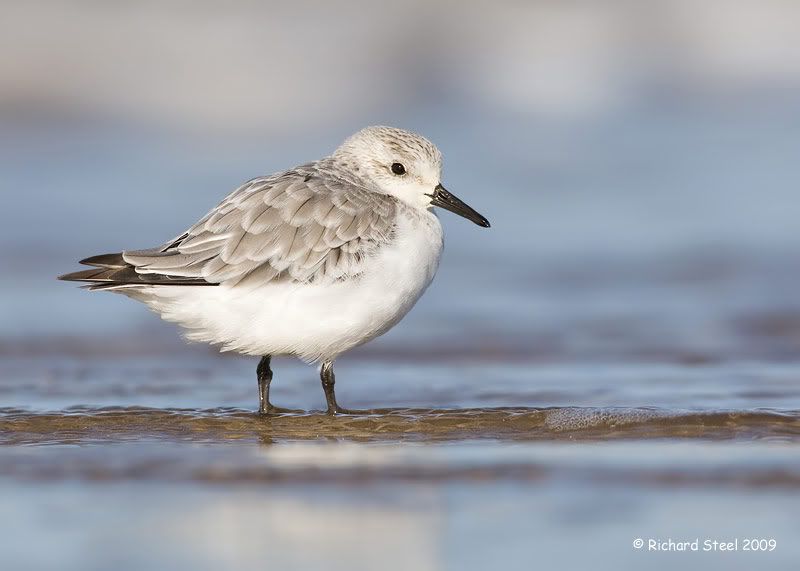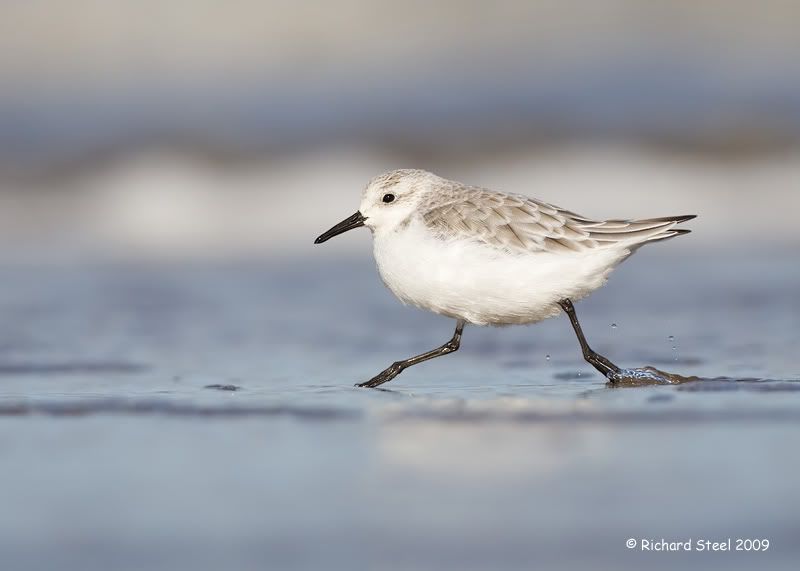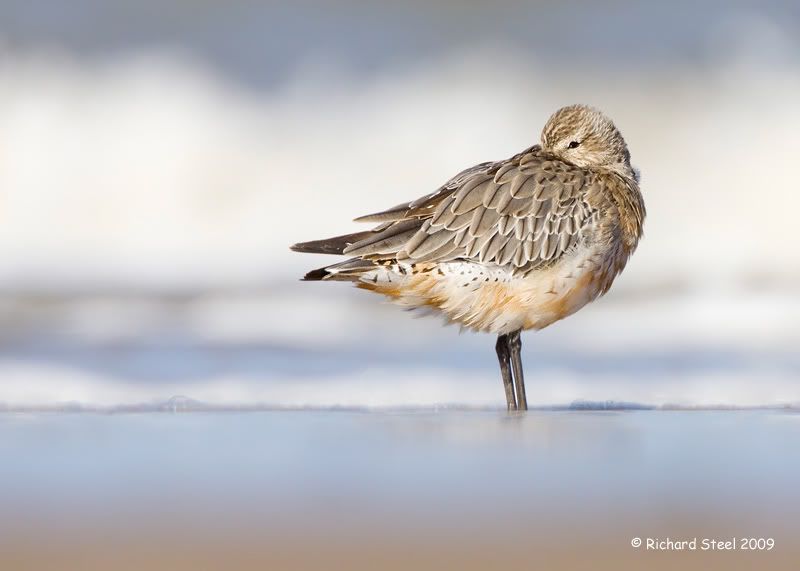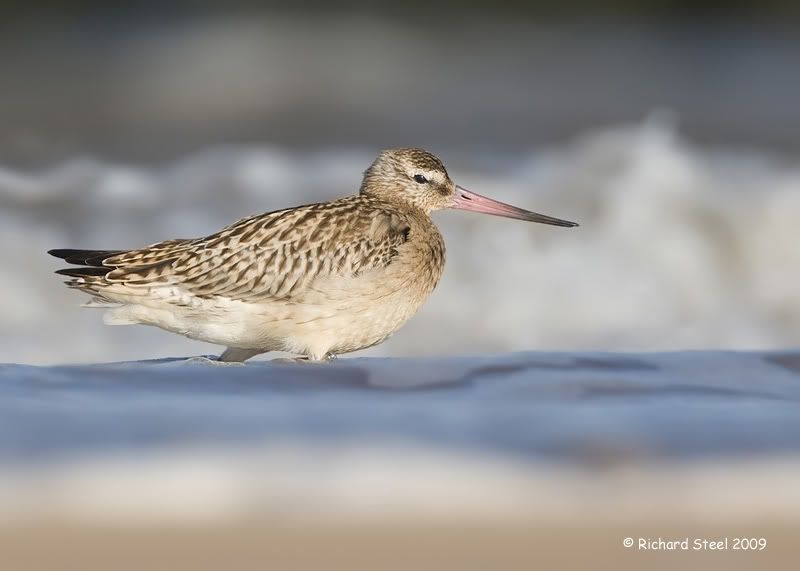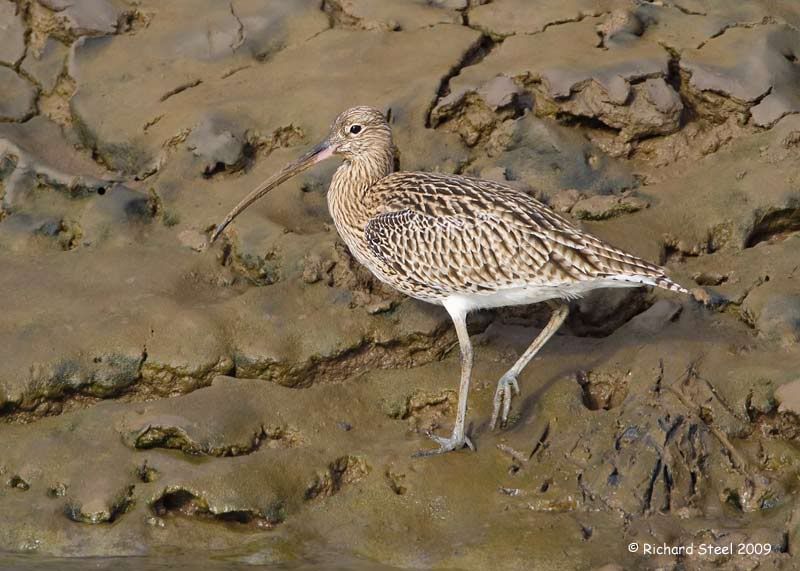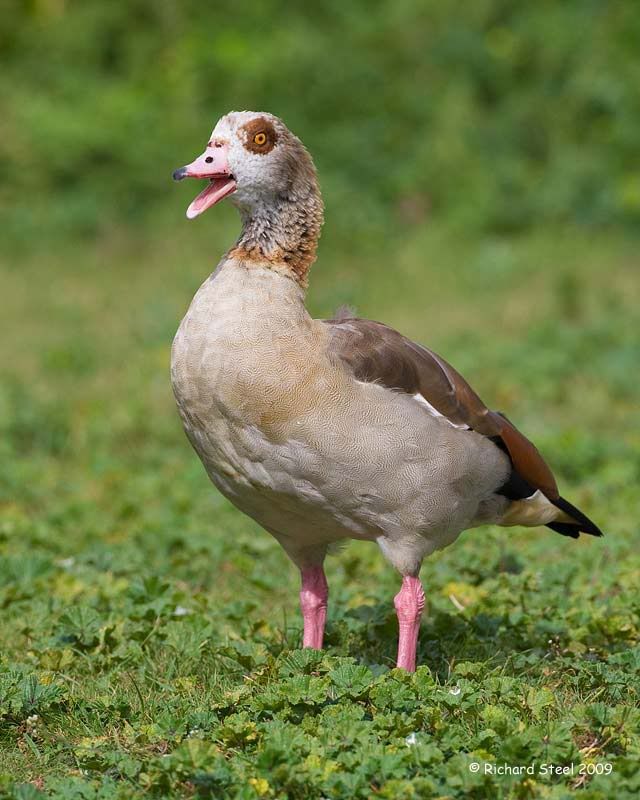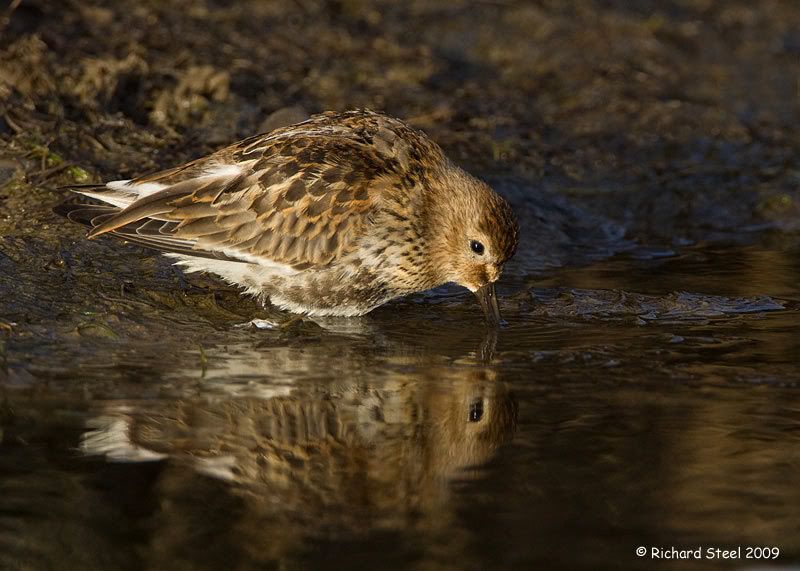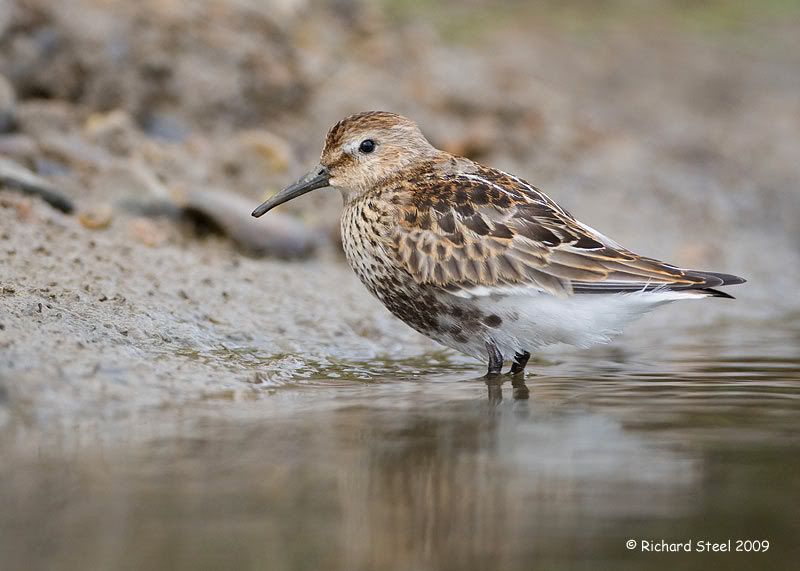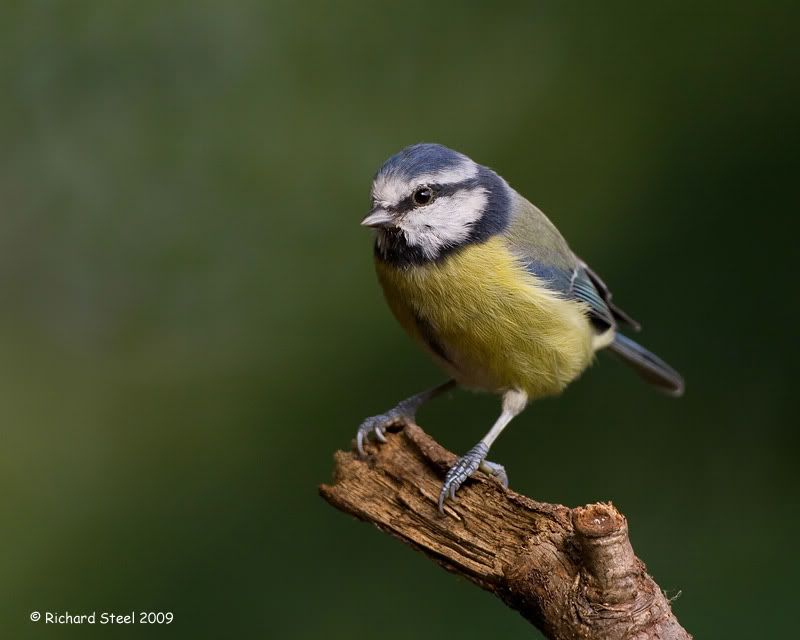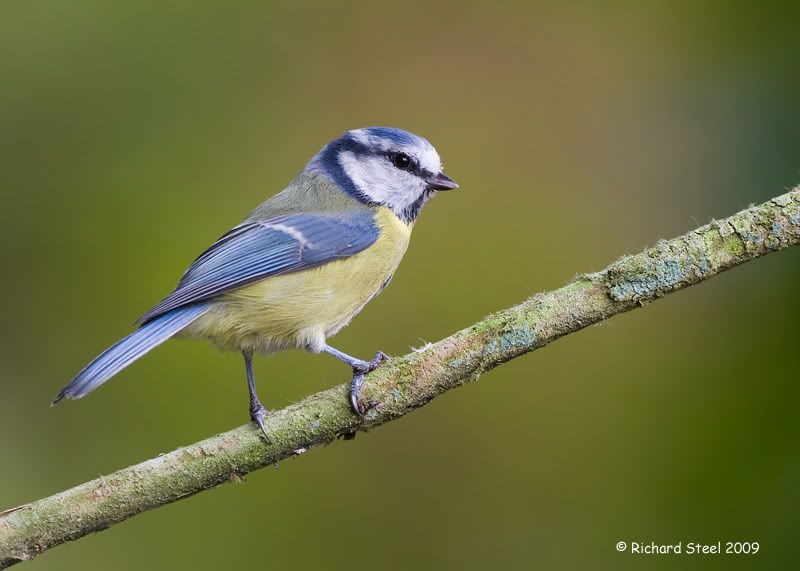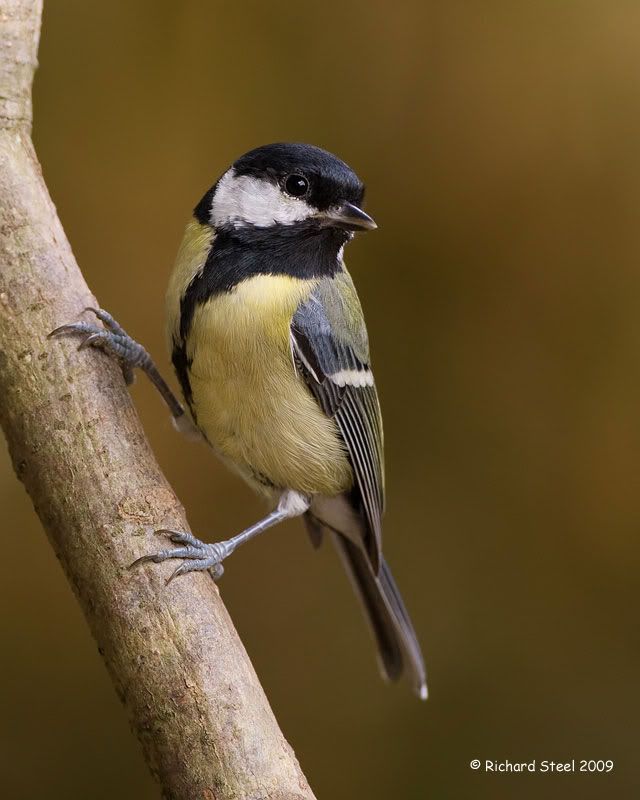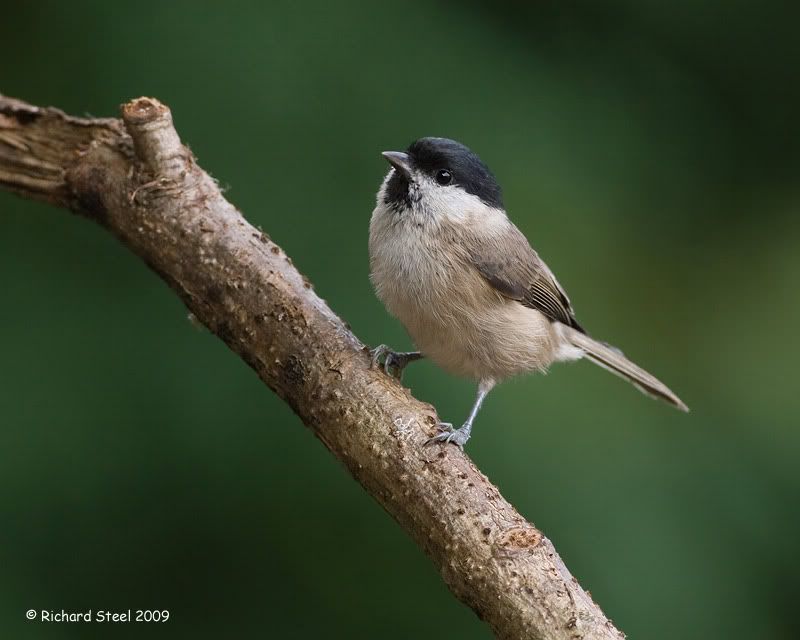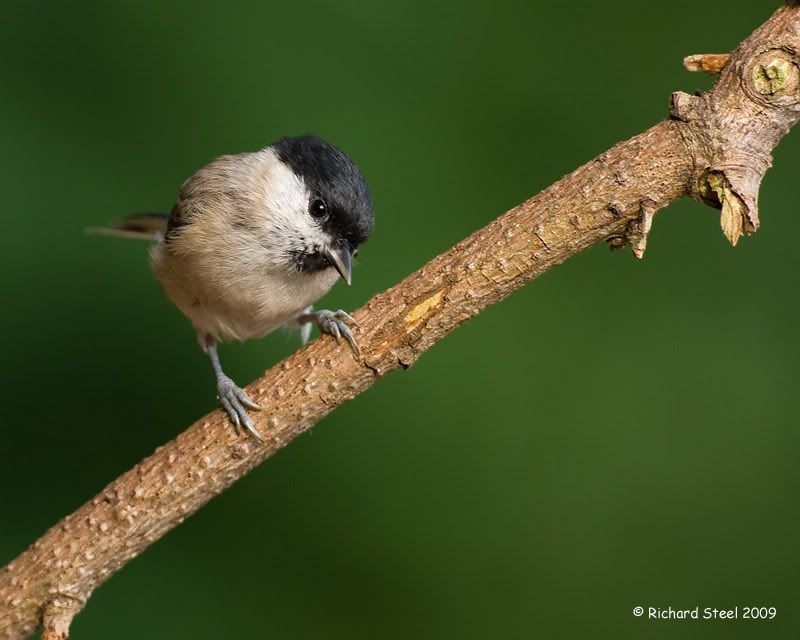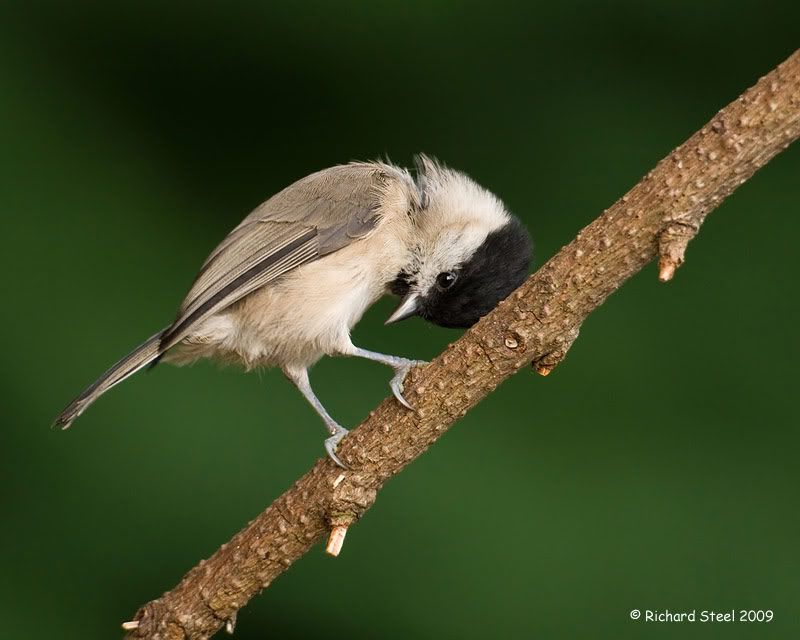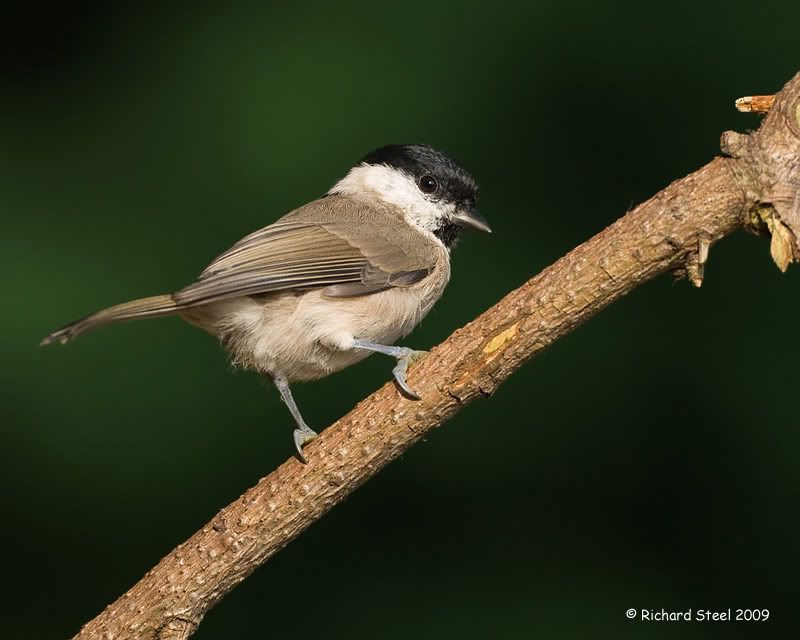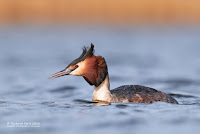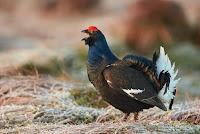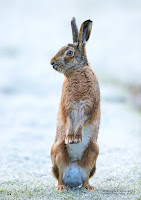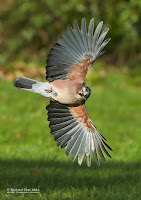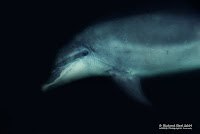Flying Corvids
I started a new lunch hour project a couple of weeks back to try and get some flight photos of the jackdaws and rooks that lurk around the farm field next to my office car park. The lunch hour session is very therapeutic as for a brief period in the middle of the day I can forget the stresses of the office, immerse myself in some wildlife, and start the afternoon refreshed. It took a couple of days to start getting the photos I was after but I soon began to get some results.
The first photo of a magpie is actually from another site but keeps with the general theme of the crow family in flight.
I have always had a fondness for jackdaws but must confess it was the rooks which were the target species of this mini project. The autumn foilage in the distance providing some warm backgrounds colours.
Finally I come on to my target species, the rook. This is a bird that generally seems to be ignored as dull and uninteresting. In fact I asked a few people around the office what colour they thought rooks where and the usual answer was 'well its just a boring black bird'. So I have converted a few photos to black and white as this seems to be how most people view them.
So if this is how you see rooks then I urge you to take a closer look next time you see some because they are subtly very colourful birds with a rich blue and purple metallic sheen to their feather in the sunlight. Hopefully after re-examination you will then start to see them for the beautiful birds they really are.
Saturday, October 31, 2009
Saturday, October 24, 2009
Reflections of Leighton
I recently took a trip up to the RSPB Leighton Moss Reserve. It has been a long time since I made a visit and it made for a refreshing change of scenery. At early start allowed me to arrive at first light and on opening the hide flap I was confronted with two wader species that I have not photographed before. A promising start! The light was a bit odd that morning and all over the place but conditions were very calm allowing for some reflections to be captured. First to be put before the lens was a Spotted redshank in winter plumage. These birds are much more attractive than the normal redshank and have a certain elegance about them.
All that wading around must have been hard work and the bird soon came to stop, and stretched before settling down.
Meanwhile a small group of Greenshank were steadily making their way nearer and nearer to the hide.
They stopped briefly in front of the hide with their rapid probing of the mud.
It was not only invertebrates that were on the morning menu and this one came up with a small fish.
As quickly as they had arrived they had moved on, a brief moment but of sufficient time to at last gets some photographs of this beautiful wader.
As usual there were plenty of Little Egrets present to keep the camera entertained.
I recently took a trip up to the RSPB Leighton Moss Reserve. It has been a long time since I made a visit and it made for a refreshing change of scenery. At early start allowed me to arrive at first light and on opening the hide flap I was confronted with two wader species that I have not photographed before. A promising start! The light was a bit odd that morning and all over the place but conditions were very calm allowing for some reflections to be captured. First to be put before the lens was a Spotted redshank in winter plumage. These birds are much more attractive than the normal redshank and have a certain elegance about them.
All that wading around must have been hard work and the bird soon came to stop, and stretched before settling down.
Meanwhile a small group of Greenshank were steadily making their way nearer and nearer to the hide.
They stopped briefly in front of the hide with their rapid probing of the mud.
It was not only invertebrates that were on the morning menu and this one came up with a small fish.
As quickly as they had arrived they had moved on, a brief moment but of sufficient time to at last gets some photographs of this beautiful wader.
As usual there were plenty of Little Egrets present to keep the camera entertained.
Wednesday, October 14, 2009
Panning for Waders
I decided it was about time to start the winter wader campaign. Having played around a little last year with getting some low level photos, this winter I intend to put a good deal of effort in with my main target species being Bar-tailed Godwit. So before heading forth in to the estuary muds I thought it was time to get properly kitted out and invested in a good pair of chest waders. Of course the other essential piece of kit was the modified fry pan!. If your wondering what I am on about then check this previous post http://wildlifephotographic.blogspot.com/search?q=the+low+down.
The first trip out was less than ideal with a very small tide, poor light and a Sunday beach full of dog walkers. As I had no tide to bring the birds towards me, it was a case of going commando in the mud and crawling a long distance, which I certainly felt with some aching muscles the following day. I just had a bit of experiment with some sanderling that afteroon.
Despite the conditions I liked what I was seeing through the lens from my very low angle which brings a degree of intimacy with the subject.
The next session was under better conditions.
Along with the Sanderling scurrying around the beach there were around 3000 knot and 5 Bar-tailed Godswits. The Godwits were playing hard to get and stayed on the seaward side of the knot flock making any approach difficult and spent most of the time asleep.
The session was useful though as I am now confident with the approach for the bar-tails and just need to wait for the right combination of sun and tides.
I decided it was about time to start the winter wader campaign. Having played around a little last year with getting some low level photos, this winter I intend to put a good deal of effort in with my main target species being Bar-tailed Godwit. So before heading forth in to the estuary muds I thought it was time to get properly kitted out and invested in a good pair of chest waders. Of course the other essential piece of kit was the modified fry pan!. If your wondering what I am on about then check this previous post http://wildlifephotographic.blogspot.com/search?q=the+low+down.
The first trip out was less than ideal with a very small tide, poor light and a Sunday beach full of dog walkers. As I had no tide to bring the birds towards me, it was a case of going commando in the mud and crawling a long distance, which I certainly felt with some aching muscles the following day. I just had a bit of experiment with some sanderling that afteroon.
Despite the conditions I liked what I was seeing through the lens from my very low angle which brings a degree of intimacy with the subject.
The next session was under better conditions.
Along with the Sanderling scurrying around the beach there were around 3000 knot and 5 Bar-tailed Godswits. The Godwits were playing hard to get and stayed on the seaward side of the knot flock making any approach difficult and spent most of the time asleep.
The session was useful though as I am now confident with the approach for the bar-tails and just need to wait for the right combination of sun and tides.
Monday, October 05, 2009
Brief Norfolk Moments
North Norfolk is a bird watchers paradise, especially during migration time as the bulge of land jutting out into the North Sea intercepts birds heading south down the east side of the country. As a result many scarce and rare birds can often be found there in Autumn. Before heading off on my holiday I decided to set my mobile for scarce and rare text alerts in Norfolk. That was a mistake as it was going off every half hour during my week stay, I couldn't turn it off as I had no access to a computer and it was made even more frustrating as I had no time to pursue them. This was a holiday and not a photography trip so my time with the camera was very limited, however I still managed a couple of photos whilst there :)
I found a curlew creeping along a tidal channel at Brancaster.
Its a muddy business poking around in estuary silt searching for crabs to eat and the bird frequently dropped back to the waters edge to wash it bill.
I popped out early one morning to Salthouses and found a couple of birds to photograph. This Egyptian goose was part of a group grazing close to the coastal road. This is a species that is restricted mainly to the south and east and so not a bird that can be found back at home.
I also came across this drake Gadwall in a reed lined area which provided an interesting back drop.
Final bird of the trip was a lonely Dunlin that I found in a channel whilst searching the shallow beach pools at Salthouses for waders.
Unfortunately just as I got into a nice low angle the sun disappeared. However, this does show nicely the difference some good light can make to the appearance of a bird.
North Norfolk is a bird watchers paradise, especially during migration time as the bulge of land jutting out into the North Sea intercepts birds heading south down the east side of the country. As a result many scarce and rare birds can often be found there in Autumn. Before heading off on my holiday I decided to set my mobile for scarce and rare text alerts in Norfolk. That was a mistake as it was going off every half hour during my week stay, I couldn't turn it off as I had no access to a computer and it was made even more frustrating as I had no time to pursue them. This was a holiday and not a photography trip so my time with the camera was very limited, however I still managed a couple of photos whilst there :)
I found a curlew creeping along a tidal channel at Brancaster.
Its a muddy business poking around in estuary silt searching for crabs to eat and the bird frequently dropped back to the waters edge to wash it bill.
I popped out early one morning to Salthouses and found a couple of birds to photograph. This Egyptian goose was part of a group grazing close to the coastal road. This is a species that is restricted mainly to the south and east and so not a bird that can be found back at home.
I also came across this drake Gadwall in a reed lined area which provided an interesting back drop.
Final bird of the trip was a lonely Dunlin that I found in a channel whilst searching the shallow beach pools at Salthouses for waders.
Unfortunately just as I got into a nice low angle the sun disappeared. However, this does show nicely the difference some good light can make to the appearance of a bird.
Thursday, October 01, 2009
Norfolk Feeding Station
When I go away on holiday in the UK, I usually try and rent a self-catering cottage. One of the advantages is that it enables me to set up a mini feeding station in the garden during my stay. The only draw back to this is that if the birds are not accustomed to being fed, they sometimes do not appear or only at the very end of the week. This was the case on my recent visit to Norfolk where the cottage I rented was adjacent to a small area of woodland. The feeders were put up on arrival on the edge of the wood but the birds did not find it until the day before leaving. So most of these photos were taken on the morning before leaving.
There was a constant stream of four different tit species arriving once they had found it.
Blue tit
Great Tit
However, the bird that was really catching my eye were the Marsh Tits. These are very scarce in my local area and in fact I think I only have one photograph of this species. In a similar way to Willow Tit they are very tricky to photograph as they come in to the feeders, almost bounce off a branch and on to the feeder and then away up into a bush or tree to eat. So there is usually literally a fraction of a second in which a photograph can be taken. After a bit of perseverance against a ticking departure clock I managed to get a few photos.
Checking the undercarriage before take-off
As they say have bird feeder will travel.
When I go away on holiday in the UK, I usually try and rent a self-catering cottage. One of the advantages is that it enables me to set up a mini feeding station in the garden during my stay. The only draw back to this is that if the birds are not accustomed to being fed, they sometimes do not appear or only at the very end of the week. This was the case on my recent visit to Norfolk where the cottage I rented was adjacent to a small area of woodland. The feeders were put up on arrival on the edge of the wood but the birds did not find it until the day before leaving. So most of these photos were taken on the morning before leaving.
There was a constant stream of four different tit species arriving once they had found it.
Blue tit
Great Tit
However, the bird that was really catching my eye were the Marsh Tits. These are very scarce in my local area and in fact I think I only have one photograph of this species. In a similar way to Willow Tit they are very tricky to photograph as they come in to the feeders, almost bounce off a branch and on to the feeder and then away up into a bush or tree to eat. So there is usually literally a fraction of a second in which a photograph can be taken. After a bit of perseverance against a ticking departure clock I managed to get a few photos.
Checking the undercarriage before take-off
As they say have bird feeder will travel.
Subscribe to:
Posts (Atom)

